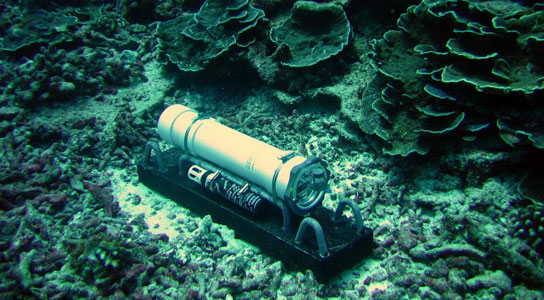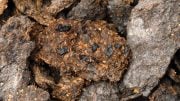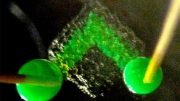
Scientists found fungi thriving in nutrient-starved sediments below the Pacific Ocean floor, over 100 million years old. Credit: NOAA
Scientists have found evidence of fungi thriving far below the floor of the Pacific Ocean, in nutrient-starved sediments more than 100 million years old. This could yield antibiotics to combat the drug-resistant bacteria.
The scientists presented their findings at a meeting of American Geophysical Union (AGU) in San Francisco, California. Some of the fungi belong to the genus Penicillium, which was the source of the potent antibiotic penicillin. Finding multicellular organisms in such a deprived environment “extends what we understand about the limits of life on the planet”, states Heath Mills, a molecular geo¬micro-biologist at Texas A&M University in College Station, who collaborated with Brandi Reese, a biogeochemist at the University of Southern California in Los Angeles, while studying the fungi.
The deep-sea fungi were discovered in sediment samples from as deep as 127 meters (416 feet) beneath the sea floor, which were taken during an expedition of the Integrated Ocean Drilling Program in the South Pacific in 2010. The samples yielded fungal genetic material, and the researchers found sequences from at least eight groups. The team succeeded in growing cultures from four of the fungi.
Clues that there could be fungi living in the deep layers of sediment started to emerge in 2005, but some biologists believed it was a result of contamination. Reese and her colleagues took several steps to ensure that there wasn’t any contamination.
Other researchers have noted that the sediment material seems to be more than just spores, finding bits of fungal messenger RNA that code several proteins, including the ones involved in transporting ions and metals across membranes, in deep-sea sediments from off the coast of Peru.
The sediments studied underlie the South Pacific Gyre, the largest oceanic desert on Earth. The fungi could have a key role in the nutrient-starved deep ecosystem. Fungi could be breaking down tough organic molecules, providing food sources for microbes far below the sea.
It’s not yet clear whether the fungi in the deepest sediments are more than 100 million years old, since they might have colonized those layers by moving in from younger deposits. However, if the fungi have been isolated for a long time, they could have evolved unusual biological defenses against bacteria that could provide a source of useful antibiotics.









Be the first to comment on "Ancient Fungi Discovered Deep in Ocean Floor Could Yield New Antibiotics"